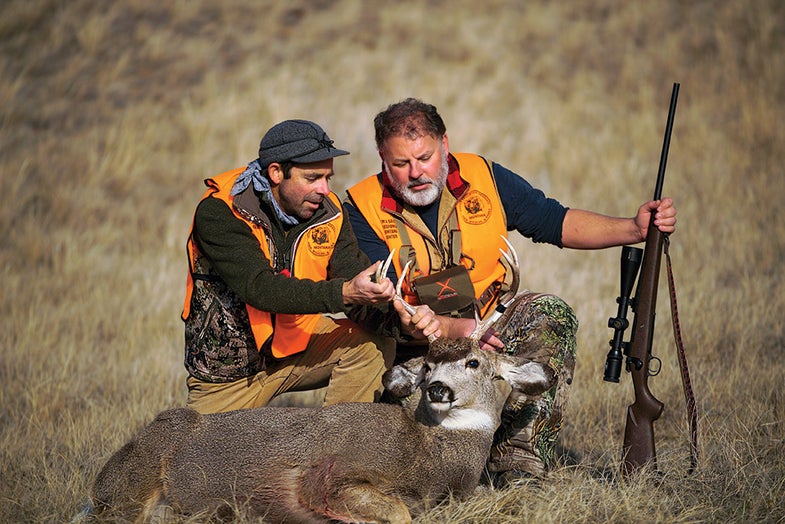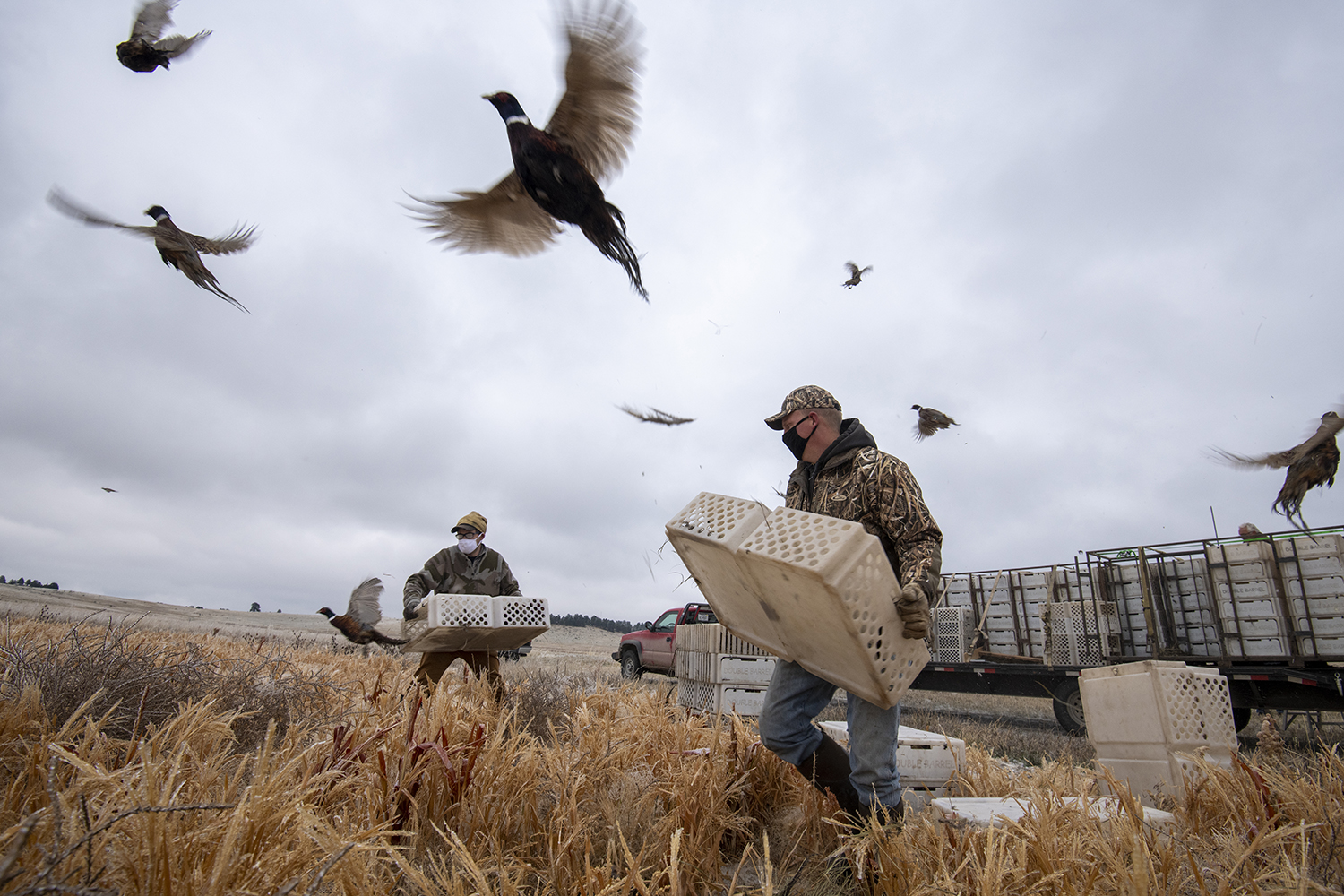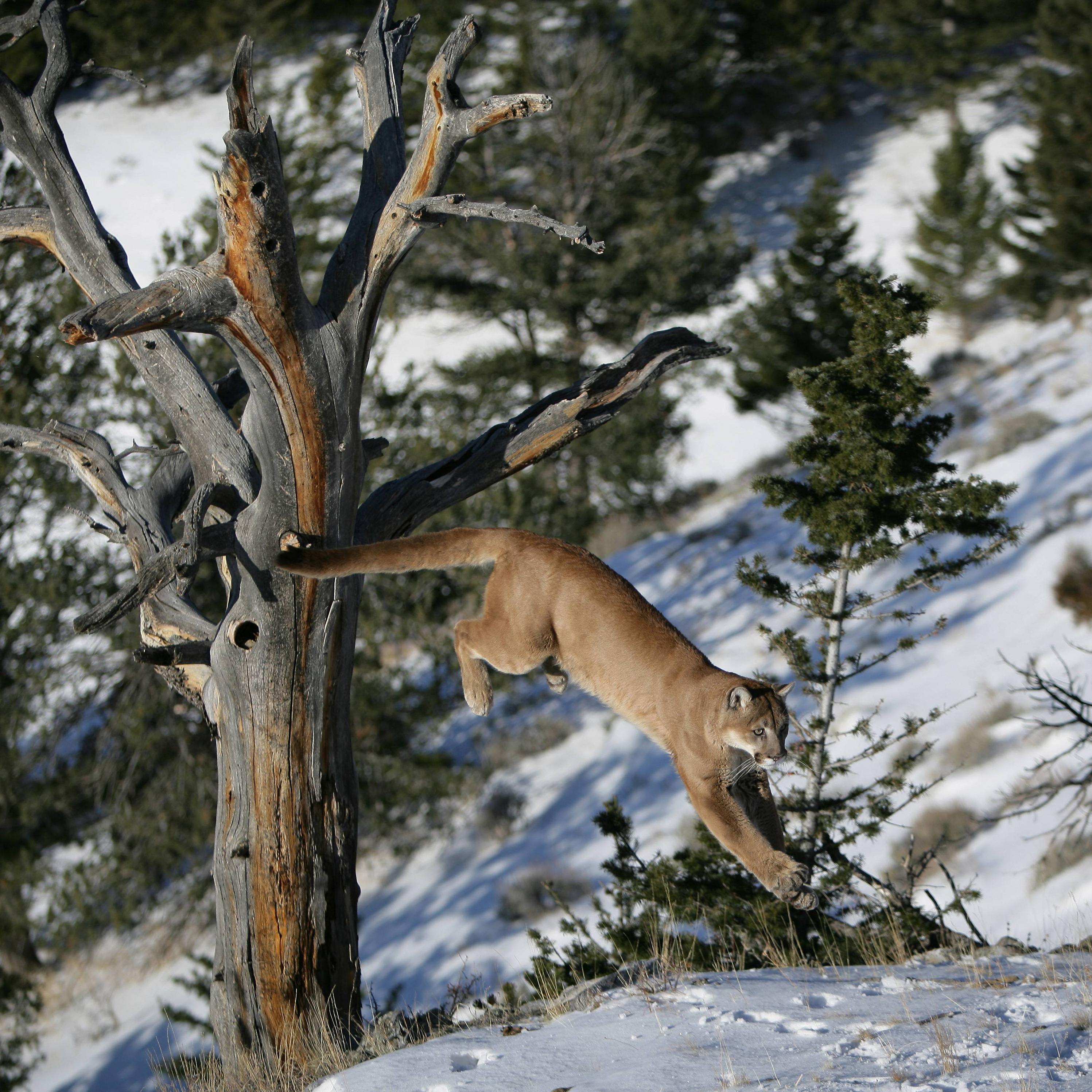
Below is a list that includes the most common North Carolina birds. Some species are common year-round residents of North Carolina, while others are localized to particular regions or seasons. The listed species are mostly found within the state. Others are found only in their preferred habitats. Learn more about North Carolina's bird species! This list has been updated in accordance with the most recent data on bird counts. We hope you enjoy the North Carolina bird guide!
Gray Catbirds
Gray Catbird, a common yard bird, is a migratory bird that winters on the Coastal Plain. They feed on insects and other insects, but they also eat fruit, holly berries, elderberries, and poison ivy. This bird is often found on telephone wires. They roost in large numbers during winter and feed from ground feeders.

American Robins
The American Robins of North Carolina's migration patterns are based on where they are located on Earth. The angle of the sun determines their geographic location, and they fly accordingly. Only about 25% of fledglings are able to survive the migration. And many adults end up dying. People who want to view robins as they live in their natural habitat have good news. By watching for their migration patterns, you can watch the robins in North Carolina.
Tufted Titmouse
The Tufted Titmouse lives in eastern woodlands lower than 2,000 feet. They are primarily found in deciduous woodlands, but can be found in orchards as well as parks in cities. They are closely related to chickadees. They eat insects, seeds, berries, suet, and other small animals. The Tufted Titmouse is a common visitor to bird feeders.
Mourning Dove
The Mourning Dove of North Carolina can be found in most of the Southeast United States. This small, plump bird breeds together in flocks and spends cold winter months in southern states. In late winter, they migrate back to their breeding grounds where they will begin their breeding season. They feed on plant matter and will feed at watering holes, but avoid dense ground vegetation, preferring bare ground with a variety of seedlings readily available.

American Goldfinch
The American Goldfinch is a small bird found throughout North America. They go through a spring and an autumn molt. In summer, males have brightly colored feathers. In winter, they turn olive. Although their coloration can vary depending on where they live, in most areas of North Carolina they can be found in flocks of at minimum 50 birds. The summer months are when males are more vibrant than the females. They have yellow shoulder patches and breasts. During winter, American goldfinches lose the yellow color and turn a tan to grayish color. They produce only one brood every year.
FAQ
Can I hunt with or without a license?
Yes, you can hunt with no license. However, this could be considered a violation.
This could lead to jail time and fines.
Some states allow residents without a license to hunt. For more information, contact your state department or natural resources.
How much does it cost for you to hunt?
Prices for hunting trips vary depending on where they are taken, the species and size of the animals being hunted.
The average cost of a hunting party for two people is $500 to $1,000 per person. This includes lodging, food, equipment, licenses, and gas.
Certain areas may have higher prices than other. If hunting is planned during peak seasons (e.g. fall turkey season), expect to pay higher prices.
What is America's popularity of hunting?
Hunting is an American pastime. Americans spend more than $8 billion each year on hunting supplies and equipment. Average hunters spend around $1,000 each year.
Hunting is also a sport for many people who do not hunt as a hobby but rather as a way to relax. Nearly 50 million hunters are estimated to live in the United States. This includes both men as well as women.
Hunters are from all walks of the life. They come in all ages, from young children to adults. Some hunters have been doing this for years, while others only recently started.
People choose hunting because they like spending time outdoors. Hunting is an excellent way to get in touch with nature and feel the freedom of being free.
Hunting can also be very social. Hunting groups often include hunters. These groups could include friends, family, or co-workers.
Hunting has become a popular sport for hunters. Hunting has become a competitive sport. Hunters compete against each other to see which species they can hunt.
There are also competitions between states where hunters try to beat the previous record for the biggest deer kill. These records are usually set in the presence of professional hunters.
Statistics
- - Percent of residents with paid hunting licenses: 0.7%- (stacker.com)
- - Percent of residents with paid hunting licenses: 0.7%- (stacker.com)
- According to the Wildlife Restoration Act, passed in 1937, most of the state conservation efforts are funded through hunting and fishing license sales and firearms sales. (stacker.com)
- Less than 1% of Hawaii's population has a hunting license. (stacker.com)
External Links
How To
How to hunt wild hogs
Large animals, wild hogs can be found across North America, Africa and Asia. Wild hogs feed on vegetation and small animals such a rabbits or mice, birds, insects, and fish. They usually eat at nights. The gestation period lasts around six months, after which one piglet is born. A sow gives birth every two years. Wild hogs are often solitary but can live in groups known as herds.
Wild boars weigh in at around 200 pounds (90 kg). Their head length is approximately 10 to 12 inches (30-25 cm), and their bodies range from 20 to 30 in (50-75cm). Wild pigs have short tails, long legs and broad shoulders. They have a thick fat layer beneath their skin.
They have strong senses of smell, hearing and sight. They use their senses to identify danger and find food. They can run upto 35 mph (56 km/h) at speeds of up to 14 mph and jump upto 15 feet (4 m) from a distance of just under 4 m. They have sharp teeth and claws. They are aggressive when protecting themselves against predators.
Hunting wild hogs are difficult because they are fast, intelligent, and elusive. Hunting wild hogs is a dangerous business. Hunters should not shoot too quickly. The animal might escape. If hunters are too late, the animal might die before it reaches shelter.
Wild hogs can be killed using many hunting methods. The most common method of killing wild hogs is to shoot. This requires hunters hunting to find the animal, then waiting until it comes within range. Another method is trapping. Trapping involves setting traps near water sources where the hogs drink. A trap may contain a scent lure such as peanut butter and corn meal. After the trap is set, the hunter kills the trapped porc.
Snaring is another method. Snaring uses a noose made out of rope to catch the pig. It is best to catch the pig during its mating season.
Other methods include netting, spearing, and poisoning. Netting and spearing involve placing a net or spear through the pig's neck to stop its breathing. Poisoning is done by injecting the pig with poison.
Hunting wild hogs requires hunters to be prepared for cold conditions. Hunting in colder areas may require the use of snowshoes. Some hunters bring dogs with them to help them track the animals.